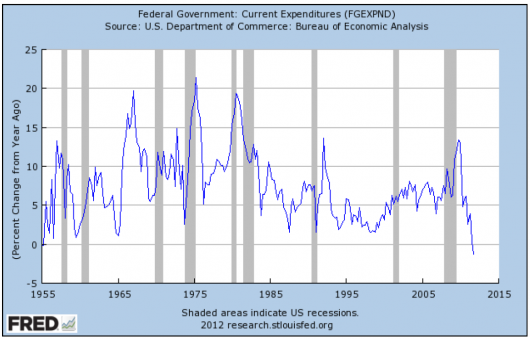In the kingdom of the blind, the one-eyed university is king
[Update: Yikes, I wrote this yesterday but see that Tyler has already posted a reply to Avent. Readers short of time will want to skip this post and read his instead.]
Tyler Cowen notes that American universities lead the world. He finds this surprising (or at least “sobering”) given all the inefficiencies he sees all around him. Ryan Avent points out that this dominance occurs despite heavy government involvement in American higher education:
Mr Cowen is clearly upset by the inefficiencies of the higher-education sector. And clearly there are inefficiencies; it would be surprising if there weren’t in a sector so dominated by the government. But contrary to what Mr Brooks’ writing might lead you to believe, American higher education is very much exposed to international competition. As Mr Cowen indicates, an American advanced degree is one of the country’s best exports (and your author opted to purchase from a foreign producer, the London School of Economics, when he went shopping for an advanced degree).
This, I think, is a significant challenge for both parties and indeed for economics. A sector dominated by the state””state-run in some cases, merely subsidised and regulated in others””is, I think most Americans would agree, both a major contributor to American prosperity and one of America’s most competitive industries on foreign markets, despite its glaring inefficiencies. What ought we to conclude based on this example?
Certainly, one could reasonably argue that the sector would be even better if state control were relaxed, monopolies broken up, subsidies curtailed, and market controls (like those on immigration) eliminated.
Let me start off by admitting that although I’ve taught at colleges in Australia and the UK, I’m no expert on foreign universities. But I’ve heard lots of anecdotal reports that foreign university systems are even more completely dominated by the state. In many systems tuition is quite low and there seems to be little competition for students. I’ve heard all sorts of horror stories about faculty apathy due to lack of incentives. This article from the University of Chicago alumni magazine says the entire Italian system is corrupt from top to bottom, with jobs doled out on the basis of connections and nepotism, not ability.
The qualified job candidates fregati by the baroni often leave the country and begin successful careers abroad. In the last 20-30 years, tens of thousands of Italian researchers have fled the country. The baroni‘s clans continue to operate undisturbed and have absolute control of the Italian academic system. As a result of such nepotism, the Department of Economics at the University of Bari had, at one point, eight professors who shared the same last name: Massari. They were all related. Apparently this set a new record for Italy; the previous record was six family members in the same department or institution.
The US has lots of elite private universities, which force even the very best public universities (such as the California system) to keep on their toes if they want to maintain their rankings. Private ownership can certainly contribute to efficiency, but in my view competition is even more important than ownership.
If comparative advantage is what matters in international trade, then the US dominance in higher ed may tell us more about foreign universities than about our own system.
PS. This post should not be viewed as a blanket condemnation of foreign universities. Pound for pound the other Anglophone countries do very well in competing for foreign students. And there are excellent universities in countries like France and Japan. I was simply trying to show that an observation that looked perplexing was actually quite consistent with the theory of comparative advantage.


